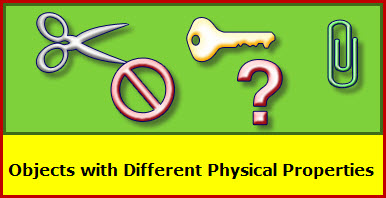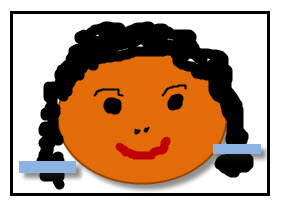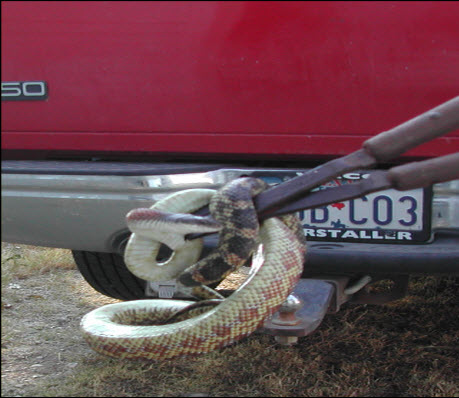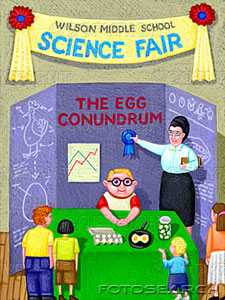Notes from Janice’s Desk Is chemistry gumdrops and toothpick models? Yes! Is chemistry mysterious bubbling flasks? Yes! Is chemistry explosions? Yes! Chemistry is all of the above and lots more. In fact, chemistry is part of everything that is fun–from making silly putty to a fancy birthday cake. So it is a great topic for […]
Physical Properties
Notes from Janice’s Desk Physical properties describe the characteristics of a substance or any bit of matter. There are two types of physical properties: One type of physical property DOES NOT depend on the amount of matter present. These include color, texture,shape, smell, state of matter (solid, liquid, and gas), sound, and taste. A second […]
Tips for Teaching Chemistry
Have you ever used art to teach chemistry? I have! In fact once I used special paper that changed color with changes in the humidity (amount of moisture in the air.) The paper was blue when the air was dry and pink when the humidity increased due to an increase in the moisture in the […]
Chemistry: Density
Notes from Janice’s Desk Density is a physical property describing the mass of one unit volume of a substance. If the mass is measured in grams, generally the volume is measured in milliliters or cubic centimeters. (NOTE: 1 ml = 1 cm3) A pure substance is an element, such as copper or gold or a […]
Teacher Tips:Making Science Fun
Notes from Janice’s Desk Q. What makes science fun for kids?A. Kids find science fun when they are actively involved. As a science teacher I collected ideas that kids liked most about science. As a writer I used these ideas to create science experiment books that kids could play and find out about science. Following […]
Science Fair Projects: Purpose
Notes from Janice’s Desk When searching for ideas for your science project, write out a purpose each topic you are considering.The purpose should be a statement comparing an independent variable and a dependent variable. The independent variable is the condition that the experimenter changes. The dependent variable is the condition that the experimenter measures to […]
Snake in the John
Notes from Janice’s Desk A neighbor called and ask if we knew how to get a snake out of the toilet. More information revealed that it was a large snake and was wound around in the toilet with only a loop of its body visible in the bowl. Thinking the snake was so coiled around […]
Math: Order of Operation
Notes from Janice’s Desk I taught 8th grade math on a military base in Germany. The school was under construction, which gave me lots of supplies for math experiments. Yes, I said math experiments!! In fact, I used many science experiments to teach math. For example, when studying algebra unknowns, I borrowed a saw horse […]
SAT
Notes from Janice’s Desk The letters SAT stand for Scholastic Aptitude Test, which is required by most colleges. But whether your children plan to go to college or not, I recommend Paul Osborne’s book, LD SAT. Yes, the letters LD stand for learning disabilities, but the content of the book is applicable for instructing multi-aged […]
Science Fair Projects
Notes from Janice’s Desk It is important to know that students desiring to enter regional or state science fairs must follow specific rules and guidelines set by the International Rules for Precollege Research. The two types of science project investigations most commonly required for middle and high school science fair projects are: Experimental and Comparison. […]
- « Previous Page
- 1
- …
- 82
- 83
- 84
- 85
- 86
- …
- 96
- Next Page »





